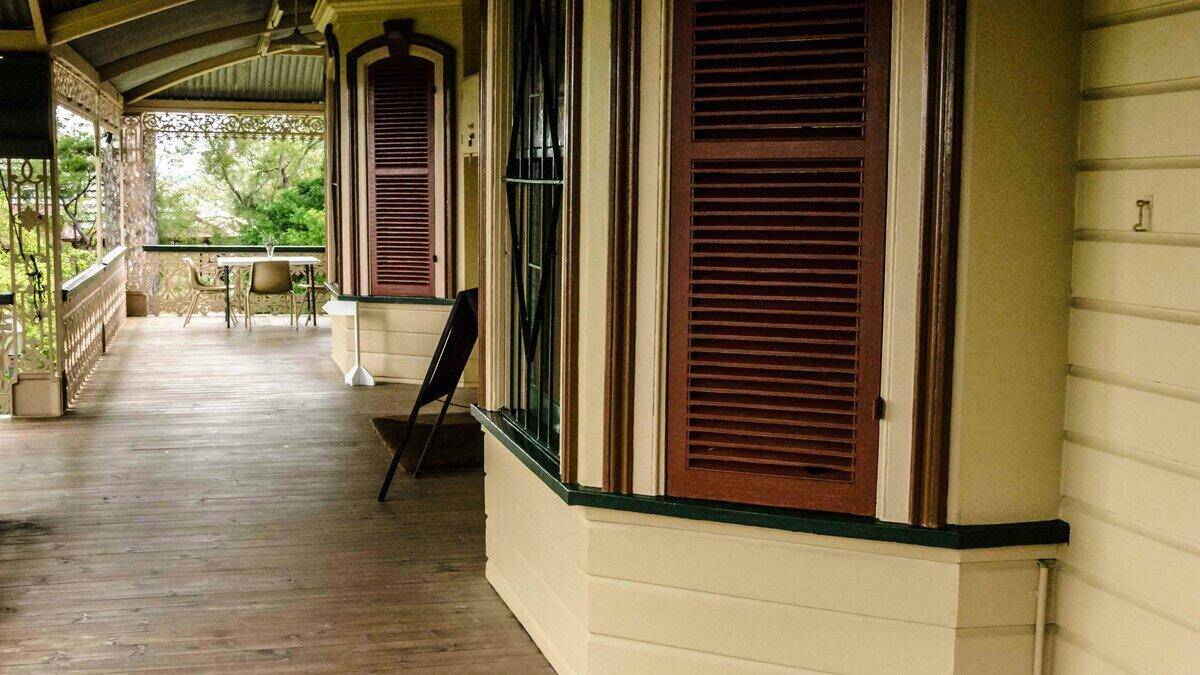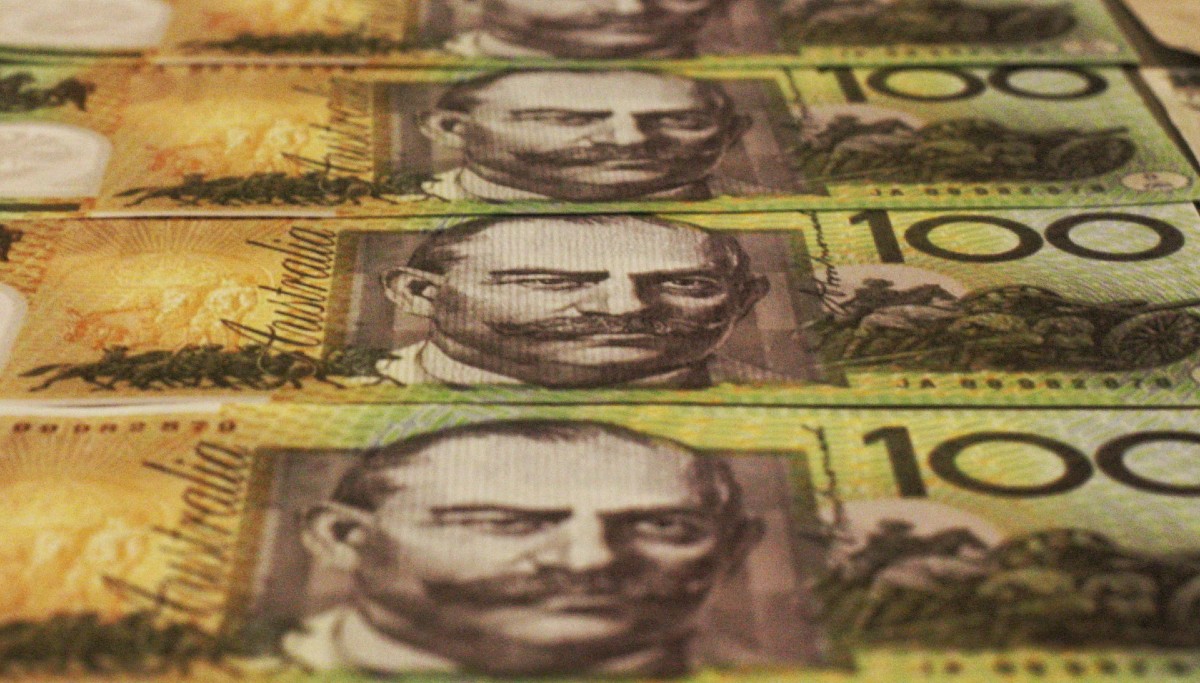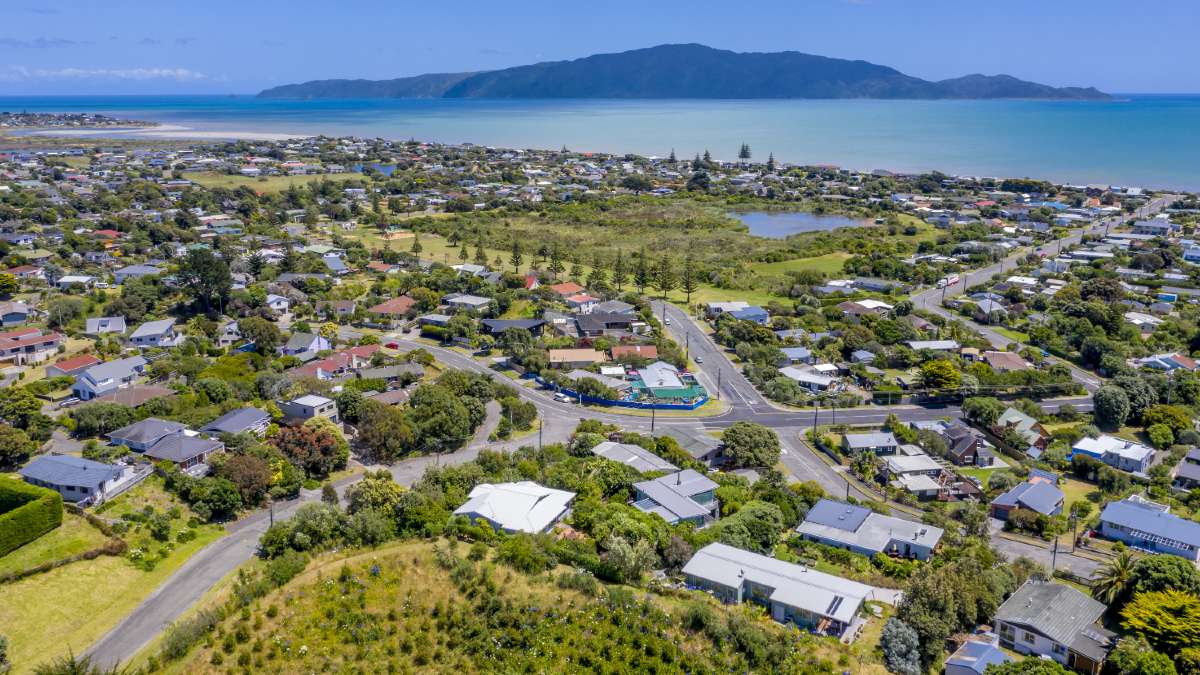The central bank said although it was reasonable that the extended period of low interest rates would assist in economic targets, further cuts were possible.
“(RBA) Members would assess developments in both the international and domestic economies, including labour market conditions, and would ease monetary policy further if needed to support sustainable growth in the economy and the achievement of the inflation target over time,” the bank said.
The meeting saw the RBA outline three developments that would influence their decisions on monetary policy.
Stay up to date with the latest rate changes
SIGN UPEmployment
First was employment, which the RBA said had continued to grow strongly, despite the unemployment rate remaining steady at around 5.2% over recent months.
“Members noted that a further gradual lift in wages growth would be a welcome development,” the bank said.
“Taken together, recent outcomes suggested that spare capacity remained in the labour market and that the Australian economy could sustain lower rates of unemployment and underemployment.”
It’s worth noting that RBA Governor Phillip Lowe has previously stated he wants to see Australia’s unemployment rate at 4.5%.
Housing Markets
The bank said despite housing turnover remaining low, there had been signs of a turnaround in established markets.
“Reported housing prices in Sydney and Melbourne had risen noticeably in August and auction clearance rates had increased further, although volumes had remained low,” the bank said.
“Housing credit growth had remained subdued, although mortgage rates were at record low levels and there was strong competition for borrowers of high credit quality.”
GDP Growth
Lastly, the bank said it expected GDP growth in the June quarter to be around 0.50%.
“The largest contributions to growth were expected to have been from exports and public demand,” the bank said.
“Private final demand, which includes consumption, business investment and dwelling investment, was expected to have been weak.”
The June quarter results were released the day after the RBA met, with growth indeed at 0.50%, but down 0.4% for the year.
What’s the outlook?
The RBA cited confidence in output growth as a result of low interest rates and tax cuts, as well as a stabilised housing market.
Uncertainty in consumption growth remained a concern, and inflation was expected to increase.
“Inflation pressures remained subdued, but inflation was expected to increase gradually to be a little above 2% over 2021 as output growth picked up and the labour market tightened,” the bank said.
The bank also commented on market predictions on the movement of the cash rate.
“Financial market pricing continued to imply that the cash rate was expected to be lowered by another 25 basis points by November 2019, with a further cut expected in the early part of 2020.”
Westpac unchanged on prediction of October rate cut
Following the release of the minutes, Westpac economists confirmed their July prediction of an October rate cut.
Westpac chief economist Bill Evans said key themes that drove June and July’s cuts were repeated in the September minutes.
“With two meetings now having passed since the last move and, from my perspective, most importantly, the key rate cut theme that ‘the Australian economy could sustain lower rates of unemployment and underemployment’ returning to the narrative, our central view that there is no reason to wait until November for the next move still seems reasonable,” Mr Evans said.
“In these minutes there is no reference to previous actions. Arguably reference to previous actions is a clear sign that the Board is content to observe developments whereas not referring to previous actions there is less emphasis on the need to wait.”
In addition to a 25 basis point in October, Westpac predicts a further 25 basis point cut in February next year.
This is a sentiment echoed by many prominent economists, as seen in Bloomberg data below. Almost all economists predict a minimum of one rate cut before the end of 2019. Most expect the cash rate to be slashed to just 0.50% by the end of 2020.

Consumer confidence hits two-year low
The release of the RBA’s minutes coincided with the ANZ-Roy Morgan consumer confidence rating falling by 3.5% to a two-year low of 109.3 points.
Commonwealth Bank senior economist Ryan Felsman attributed the disappointing result to stalled wage growth and moderated employment growth, cited in the RBA’s minutes.
“The Reserve Bank appears willing to cut interest rates further, ‘if needed’,” Mr Felsman said.
“And with policymakers acknowledging that wages growth had ‘stalled’, ’employment growth would moderate’, ‘spare capacity remained in the labour market’ and tax cuts ‘had yet to lift spending noticeably’ it appears that the August jobs numbers – released on Thursday – could be the next catalyst for another rate cut, should the unemployment rate increase materially.
“That said, policymakers may continue to patiently wait for the desired stabilisation in home prices and tax relief to lift household consumption.”
Commonwealth economists have predicted a rate cut in November and agreed with Westpac’s prediction of a follow-up rate cut in February 2020.

Ready, Set, Buy!
Learn everything you need to know about buying property – from choosing the right property and home loan, to the purchasing process, tips to save money and more!
With bonus Q&A sheet and Crossword!



 Harry O'Sullivan
Harry O'Sullivan
 Denise Raward
Denise Raward

 Hanan Dervisevic
Hanan Dervisevic
 Emma Duffy
Emma Duffy

